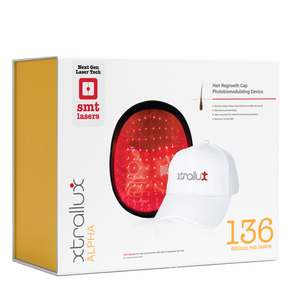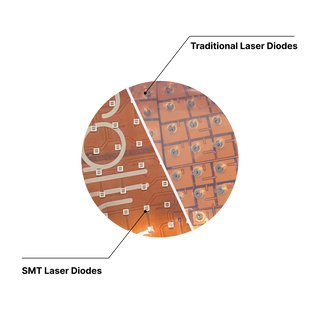In recent years, the use of testosterone hormone replacement therapy (THRT) has become increasingly popular among individuals seeking to address symptoms of low testosterone levels. This therapy often involves the use of testosterone pellets, which are implanted under the skin and release a steady dose of testosterone over time. While THRT can offer numerous benefits, such as increased energy levels, improved muscle mass, and enhanced libido, there are also potential side effects to consider, particularly concerning hair loss due to increased dihydrotestosterone (DHT) production.
Testosterone, DHT, and Hair Loss
Testosterone is a vital hormone in both men and women, responsible for various functions ranging from reproductive health to muscle development. When testosterone is administered exogenously, as in THRT, it can lead to an increase in DHT levels. DHT is a potent derivative of testosterone and plays a crucial role in the development of male characteristics such as facial hair growth and deepening of the voice.
However, DHT is also strongly linked to hair loss, particularly in individuals genetically predisposed to androgenetic alopecia (male pattern baldness). This type of hair loss occurs when hair follicles shrink due to the influence of DHT, leading to finer and shorter hair growth cycles until eventually, the follicles cease to produce new hair.
Mechanism of DHT-Induced Hair Loss
The relationship between DHT and hair loss is complex but well-understood. DHT binds to androgen receptors on hair follicles in genetically susceptible individuals. This binding triggers a process called miniaturization, where affected follicles produce thinner and shorter hair strands with each successive growth cycle. Over time, these follicles may stop producing hair altogether, leading to noticeable balding.
Testosterone pellets used in hormone replacement therapy release a steady stream of testosterone into the bloodstream, which can subsequently increase DHT levels. This elevation in DHT is a concern for individuals already predisposed to hair loss, as it accelerates the miniaturization process of hair follicles. While not everyone undergoing THRT will experience significant hair loss, those with a family history of male pattern baldness or a personal sensitivity to DHT may notice accelerated hair thinning or balding.
Managing Hair Loss While on THRT
If you're undergoing testosterone hormone replacement therapy and are concerned about potential hair loss, there are several steps you can take to manage this issue:
- Consultation with a Healthcare Provider: Discuss your concerns with your healthcare provider before starting THRT. They can evaluate your risk factors for hair loss and provide personalized recommendations.
- Monitoring DHT Levels: Periodic monitoring of DHT levels can help assess your individual response to THRT and guide adjustments in treatment if necessary.
- Hair Care: Use hair care products designed to promote hair health and minimize hair loss. Options include hair growth treatments like laser therapy, minoxidil solutions and finasteride.
- Consider Alternative Therapies: If hair loss becomes problematic, consider alternative forms of testosterone replacement therapy that may have less impact on DHT levels, such as topical gels or injections.
Conclusion
While testosterone hormone replacement therapy can offer significant benefits for individuals with low testosterone levels, it's essential to be aware of potential side effects such as increased DHT production and subsequent hair loss. Understanding the mechanisms involved and discussing concerns with a healthcare provider can help mitigate these risks and ensure a balanced approach to therapy. By staying informed and proactive, individuals can make informed decisions regarding their health and well-being while undergoing THRT.






